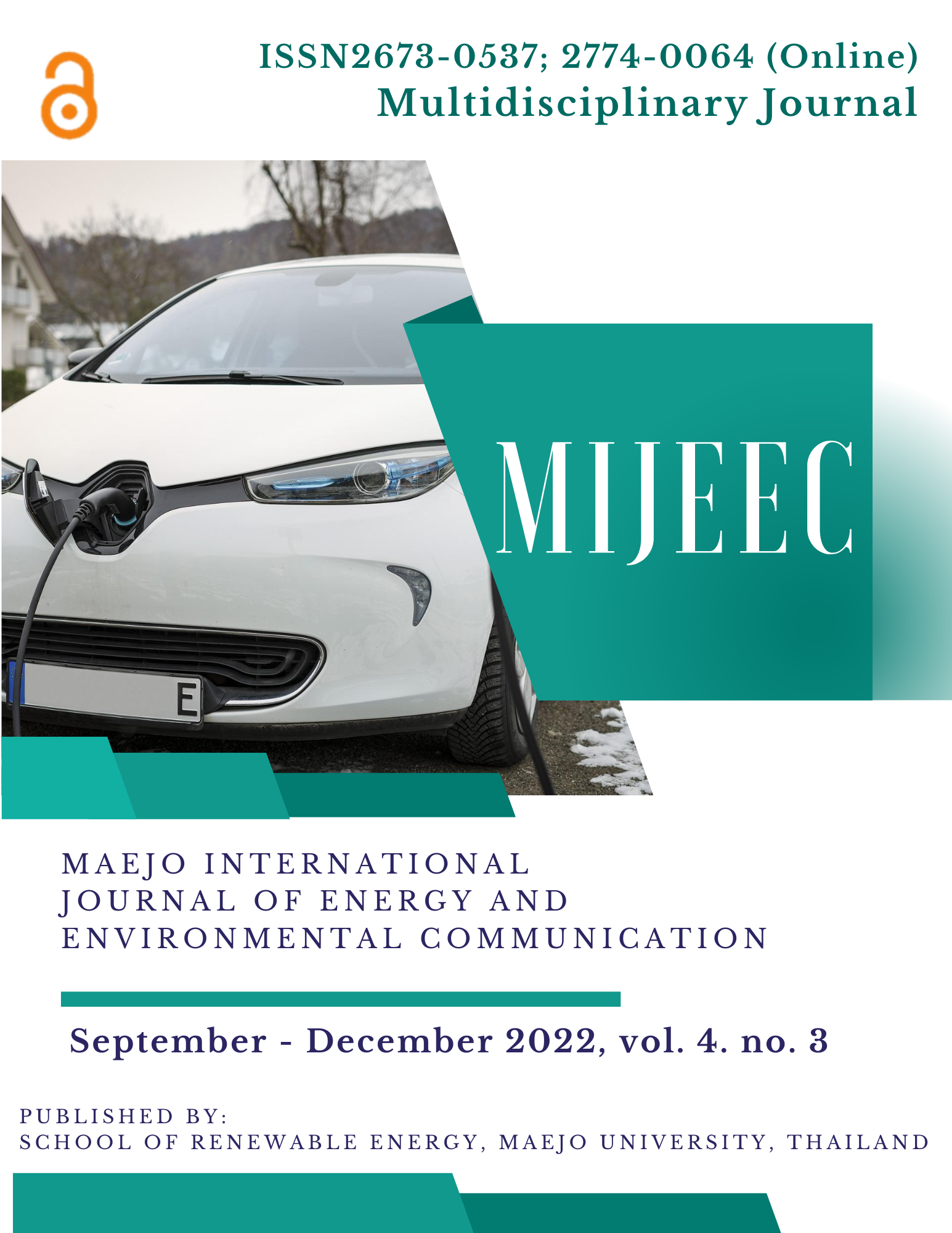Statistical analysis of the effects of environmental factors and fish species on class-sorted phytoplankton composition in aquaculture ponds in northern Thailand
Main Article Content
Abstract
Understanding the phytoplankton in aquaculture ponds is critical for proper pond management. Despite the importance, the relationships between phytoplankton composition, cultured fish type, season, and nutrients were not well understood. This study statistically investigated these relationships in aquaculture ponds. Data collected at 21 tilapia and 13 catfish ponds in September 2009 (wet season), December 2009 (cold season), and March 2010 (hot season) in northern Thailand were used for the analysis. The statistical analysis showed that PO4-P and NH4-N concentrations in catfish ponds were significantly higher than in tilapia ponds (p < 0.05, Wilcoxon test). The cyanobacterial abundance in catfish ponds was significantly greater than in tilapia ponds (p < 0.05, Wilcoxon test). In the hot season (March), green algae were abundant (p < 0.05), while cyanobacteria were depleted (p < 0.05). Multiple linear regression model was applied to determine important factors for statistically explaining cyanobacterial abundance. The result indicated that the best model selected by AICc included season and pond type as factors influencing cyanobacterial abundance but not nutrients. However, since the effect of nutrients was included in the difference in nutrient concentration due to the difference in fish species in the ponds, it was speculated that nutrients were insignificant as explanatory variables. Furthermore, it was hypothesized that cyanobacterial abundance was reduced in March (hot season) because the predation of cyanobacteria by tilapia may be encouraged at high temperature.
Article Details

This work is licensed under a Creative Commons Attribution 4.0 International License.
Copyright © 2019 MIJEEC - Maejo International Journal of Energy and Environmental Communication, All rights reserved. This is an open-access article distributed under the terms of the Creative Commons Attribution-NonCommercial- Attribution 4.0 International (CC BY 4.0) License






